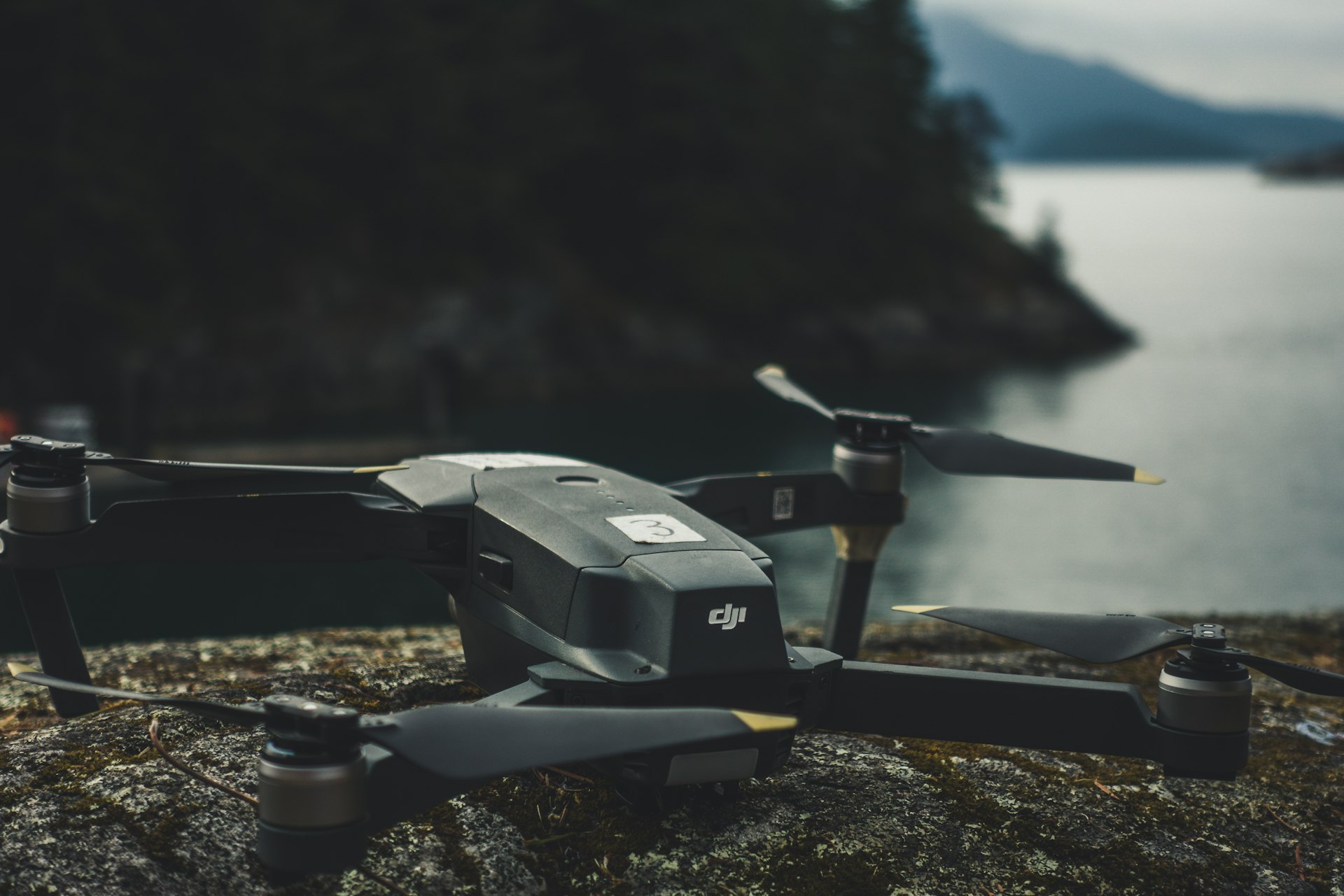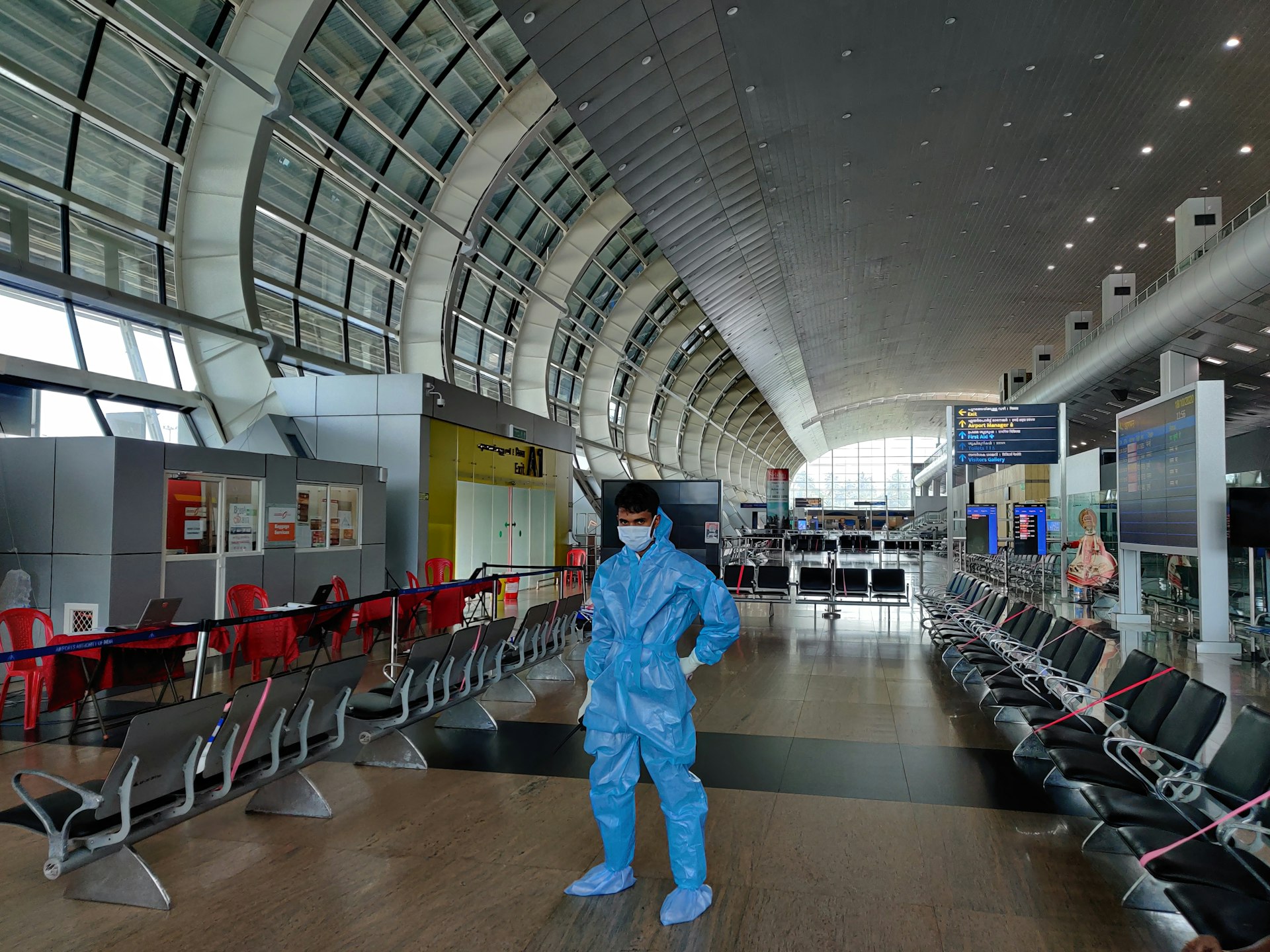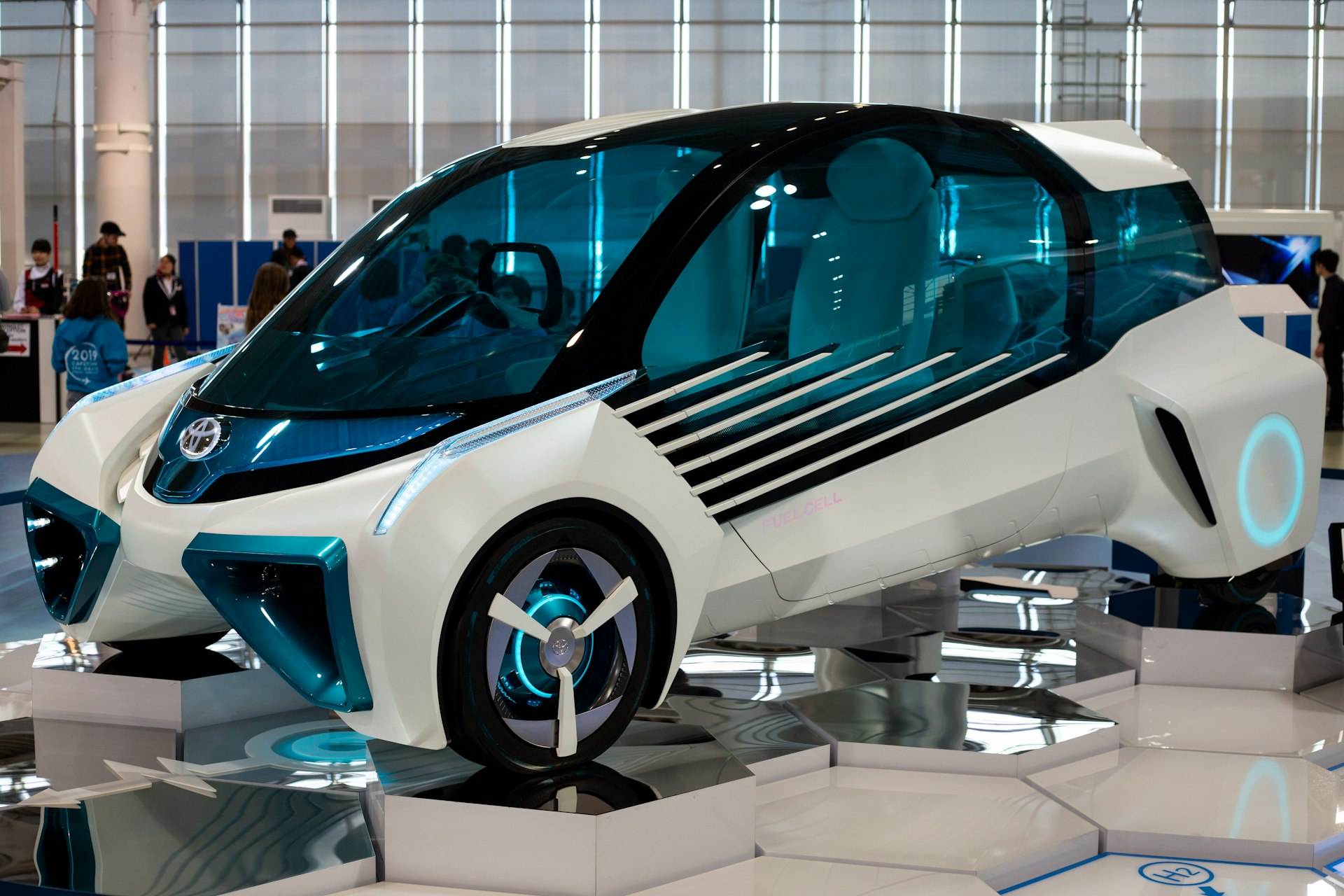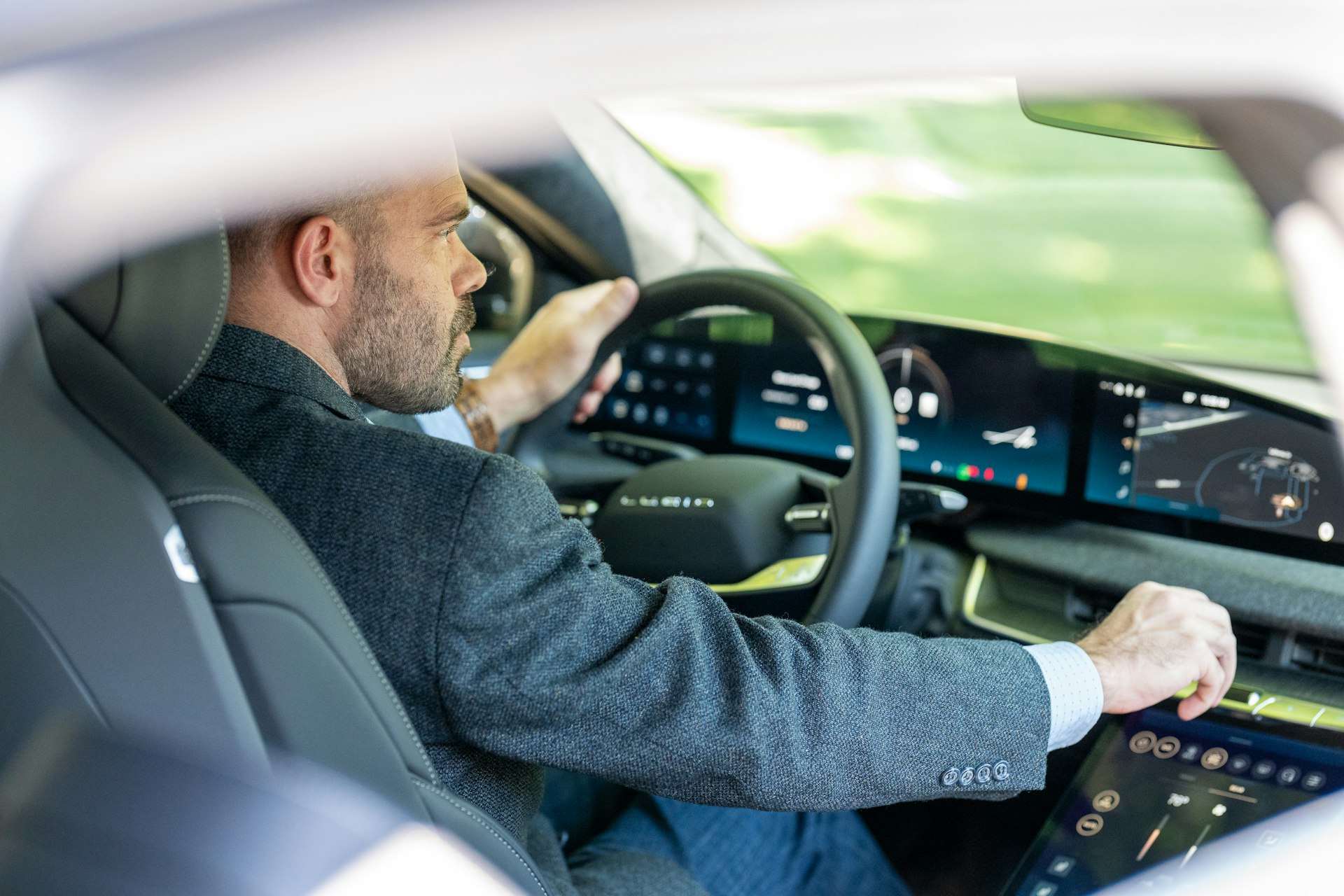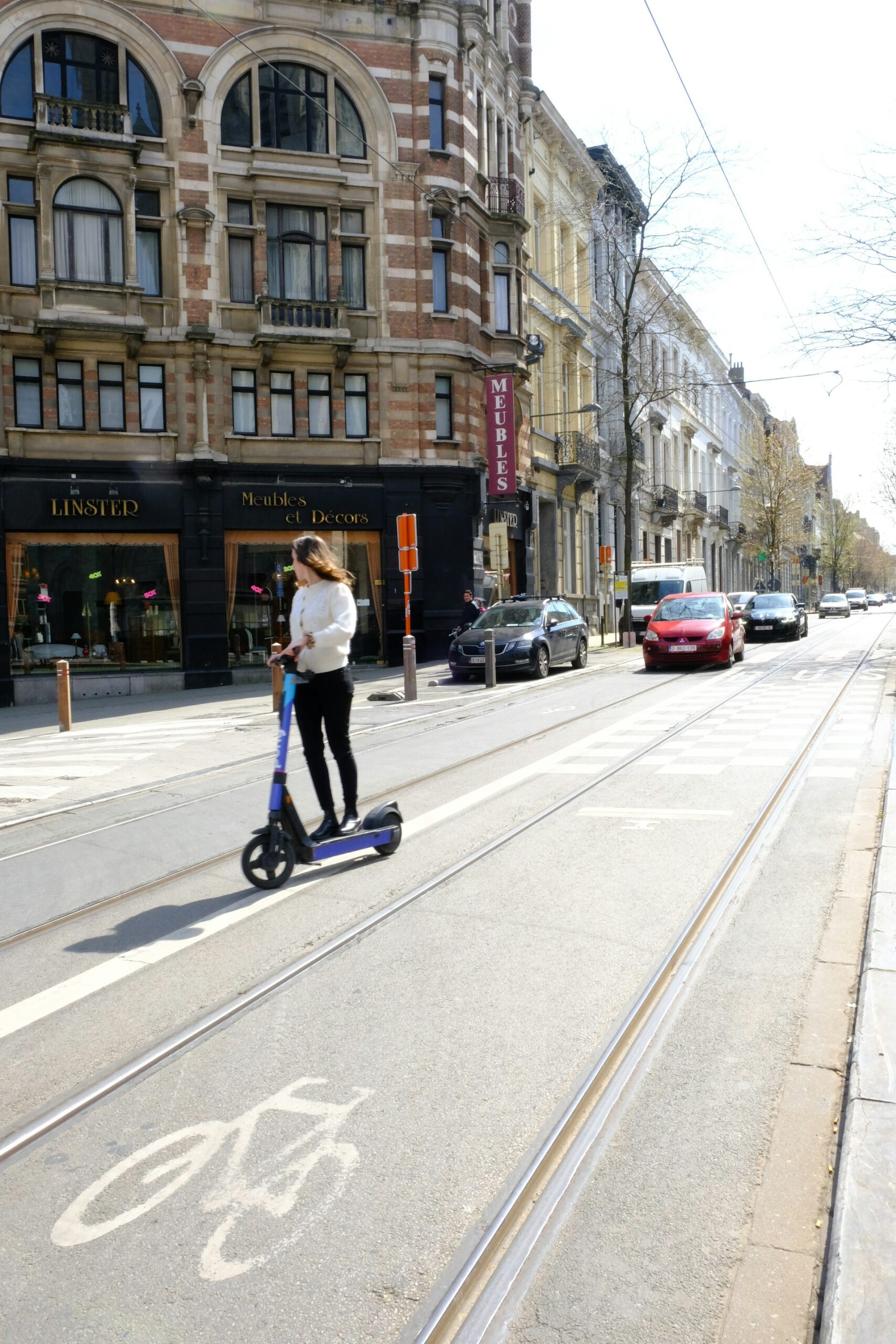AI Copilots in Cars: How Intelligent Assistance is Transforming Driving’s Future

Photo by Arthur Humeau on Unsplash
Introduction: The Rise of AI Copilots in the Automotive World
The automotive industry is undergoing a profound transformation, driven by the integration of artificial intelligence (AI) copilots into vehicles. These smart systems are quickly moving beyond simple driver assistance, evolving into indispensable partners that enhance safety, predict maintenance needs, and personalize the in-car experience. As technology advances, AI copilots promise to redefine the relationship between driver, vehicle, and road-delivering unprecedented benefits and new challenges along the way [4] .
What Are AI Copilots and How Do They Work?
AI copilots are intelligent systems embedded within vehicles to support drivers through data-driven insights, automation, and real-time decision-making. Unlike traditional Advanced Driver Assistance Systems (ADAS), AI copilots leverage machine learning, sensor fusion, and connectivity to offer predictive and adaptive support. For instance, they can interpret sensor data to avoid collisions, maintain safe lane positioning, and even adapt to a driver’s unique habits and preferences [2] . Leading brands such as Mercedes-Benz and Kia are already implementing AI that learns from and responds to real-world driving behaviors, enhancing both safety and user experience.
Current Capabilities: From Level 2 to Level 3 Autonomy
Most vehicles in 2025 utilize Level 2 autonomy , where AI copilots assist with steering, acceleration, and braking-but the driver must remain alert and engaged at all times. Features like adaptive cruise control, lane-keeping, and collision avoidance are becoming standard, with nearly 60% of new cars expected to include these functionalities by the end of the year [2] . Some automakers are pushing further: Mercedes-Benz has pioneered Level 3 autonomous systems in select models, allowing hands-off driving in specific conditions, such as on certain highways in states like California and Nevada [3] . However, full autonomy-where vehicles can navigate without human intervention-is not widely available yet and is generally projected to arrive later in the decade.
Core Benefits of AI Copilots in Cars
Integrating AI copilots brings a suite of compelling advantages for drivers, manufacturers, and service providers:
- Enhanced Safety : AI systems continuously monitor surroundings, alerting drivers to hazards, and even intervening to prevent accidents. For example, lane-keeping assistance and collision avoidance are now common features [3] .
- Personalization : Advanced AI adapts to individual preferences, adjusting settings like climate control, music, and navigation for a tailored experience. Toyota’s Yui system, for instance, learns user behavior to deliver more intuitive interactions [4] .
- Predictive Maintenance : By analyzing real-time vehicle data, AI can forecast maintenance needs, reducing downtime and preventing costly repairs. Hyundai and other manufacturers are leveraging this for both safety and cost savings [2] .
- Operational Efficiency : AI copilots help optimize routes, monitor traffic, and reduce energy consumption-benefiting drivers and fleet operators alike [4] .
- Improved Customer Interactions : In commercial settings, AI copilots provide contextual insights to dealership staff, enabling more informed, personalized client experiences [1] .
Emerging Applications and Real-World Examples
Several automakers are already showcasing the transformative potential of AI copilots:
Mercedes-Benz Level 3 Drive Pilot: This system allows hands-free driving on pre-mapped highways in select U.S. states, automatically handling steering, speed, and even traffic jams under certain conditions. While drivers must still be prepared to take control, this marks a significant leap toward autonomy [3] .
Tesla Autopilot: An industry leader in consumer awareness, Tesla’s AI-driven system uses a suite of cameras and sensors to offer adaptive cruise, lane keeping, and self-parking. The company continues to push toward higher levels of autonomy, though regulatory and technological hurdles remain [4] .
BMW Intelligent Personal Assistant: BMW’s voice-activated AI enables hands-free control over navigation, entertainment, and comfort features, improving convenience and reducing distraction [4] .
Dealer Operations: AI copilots are also transforming dealership processes-analyzing customer data, predicting service needs, and optimizing sales interactions to enhance loyalty and satisfaction [1] .
How to Access and Implement AI Copilot Features
If you’re interested in harnessing the benefits of AI copilots, there are several pathways depending on your role-consumer, business, or developer. Here’s how you can get started:
For Consumers:
- When shopping for a new vehicle, research models with advanced driver assistance and AI-powered features. Look for terms like “adaptive cruise control,” “lane-keeping assist,” “voice-activated assistant,” and “predictive maintenance.”
- Visit official manufacturer websites or authorized dealerships to compare available AI copilot technologies. Ask about software update policies, compatibility, and ongoing support.
- Consider test-driving vehicles to experience these systems firsthand. Many dealerships offer demonstrations of AI-enabled safety and convenience features.
For Automotive Businesses:
- Evaluate your current fleet or dealership offerings to identify gaps where AI copilots could improve safety, efficiency, or customer satisfaction.
- Connect with automotive technology consultants or suppliers specializing in AI and ADAS integration. For instance, you can reach technology providers like Ciklum to discuss tailored solutions and innovations. Contact details such as company emails (e.g., [email protected]) are often available on their official sites [2] .
- Stay informed by subscribing to industry newsletters, attending events like the Future of the Car conference, and following automotive AI market developments [5] .
For Developers and Innovators:
- Explore open automotive platforms and partnerships. Many automakers and suppliers offer developer programs for extending AI copilot capabilities.
- Keep up with evolving regulations on automotive AI and data privacy to ensure compliance and responsible innovation.
Challenges and Considerations for the Future
While the promise of AI copilots is immense, several challenges must be addressed:
Regulatory Hurdles: Laws governing autonomous features vary between regions and are evolving rapidly. Full self-driving remains restricted in most jurisdictions, and new safety standards are still being defined [3] .
Privacy and Data Security: The more advanced AI copilots become, the more data they must process. Consumers and businesses should review privacy policies and ensure data is handled transparently and securely. Seek vehicles and providers with robust cybersecurity measures.
User Adaptation: Adopting new driving technologies often requires training and adjustment. Both consumers and staff should take advantage of educational resources and practice using AI copilot features to maximize their benefits.
Technical Limitations: Current AI copilots work best in well-mapped, predictable environments and may struggle with unmarked roads, poor weather, or unexpected hazards. Always remain attentive and ready to intervene.
What’s Next? Trends and Opportunities
AI copilots are rapidly evolving, with several key trends shaping the future:
- Expansion of Level 3 and Beyond: More vehicles are expected to receive Level 3 autonomy, with incremental improvements in hardware and software allowing for wider deployment.
- Deeper Personalization: Future AI copilots will offer even more personalized experiences, leveraging driver profiles, mood detection, and voice recognition for seamless interaction [4] .
- Integration with Smart Infrastructure: Cars will increasingly communicate with city infrastructure, enabling predictive routing, automated tolling, and safer navigation through connected environments [2] .
- Software-Defined Vehicles (SDVs): The shift toward vehicles defined by software rather than hardware will accelerate, allowing updates and new features to be delivered over the air [5] .
Step-by-Step Guidance: Leveraging AI Copilots in Your Automotive Experience
1. Assess Your Needs: Determine which AI copilot features align with your driving habits-safety, comfort, or efficiency.
2. Research Vehicles: Use official manufacturer resources and industry reviews to compare AI offerings. Look for vehicles with upgradable software platforms for future-proofing.
3. Consult Experts: Contact dealership staff or automotive technology consultants for personalized recommendations. When in doubt, search for “AI copilot features” alongside your target vehicle’s make and model.
4. Test and Train: Schedule hands-on demonstrations and review user manuals to understand how to use AI copilot functionalities safely and effectively.
5. Stay Updated: Subscribe to industry updates and manufacturer newsletters to stay aware of software updates, new features, and regulatory changes.
Alternative Approaches and Additional Resources
If a new vehicle purchase is not feasible, consider aftermarket solutions such as dash cams with AI-powered safety features or smartphone-based driving assistants. Many insurance providers also offer discounts for vehicles equipped with advanced safety technologies-contact your insurer for available programs.

Photo by Erik Mclean on Unsplash
For more details on AI copilots, visit official automotive manufacturer websites, consult industry publications, and follow technology updates from reliable sources such as the
Society of Automotive Engineers (SAE)
and leading automotive research groups.
References
- [1] Impel (2025). 2025 Automotive AI Predictions: The Future of Car Dealerships.
- [2] Ciklum (2025). 2025 Automotive Predictions: AI and Machine Learning Innovation.
- [3] Autopilot Review (2025). Cars with Autopilot in 2025.
- [4] Hitachi (2025). The Future of AI in the Automotive Industry.
- [5] Globant (2025). Future of the Car 2025: AI and SDVs Drive the Automotive Road Ahead.
MORE FROM ismath.net
